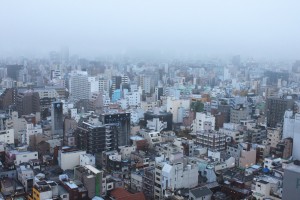 What is the different between an occurrence policy and a claims made policy? There are several differences and typically specific types of policies have one or the other.
What is the different between an occurrence policy and a claims made policy? There are several differences and typically specific types of policies have one or the other.
Occurrence policy – coverage is ‘triggered’ by the date of the occurrence regardless of when the claim is presented for payment. The policy takes coverage back to the policy in force at the time of the occurrence. An occurrence policy is common on commercial general liability policies and automobile policies. An occurrence policy may create a ‘long tail’ problem in that the policy has to be in place in the case that an occurrence may occur.
Claims made policy – These types of policies are written when there are exposures presenting a ‘long tail’ problem. Coverage is ‘triggered’ by the making of a claim provided the occurrence is after the retroactive date. The retroactive date sets up a barrier, no payments are made on claims for occurrences which happened prior to the ‘retro’ date. Common policies for a claims-made policy are Professional Liability or errors or omissions.
For design firms is it important not only to make sure that your policy is a claims made policy for Professional Liability but that your retroactive date is either the date your firm started or from the time that you continuously have had the Professional Liability policy in place. Additionally, an occurrence policy causes issues on a Professional Liability policy in that a design firm may not have a tail policy on the occurrence triggered policy.
As always, read your policy so you understand what type of policy your firm has. Your PUI agent is here to answer questions if you have them.
